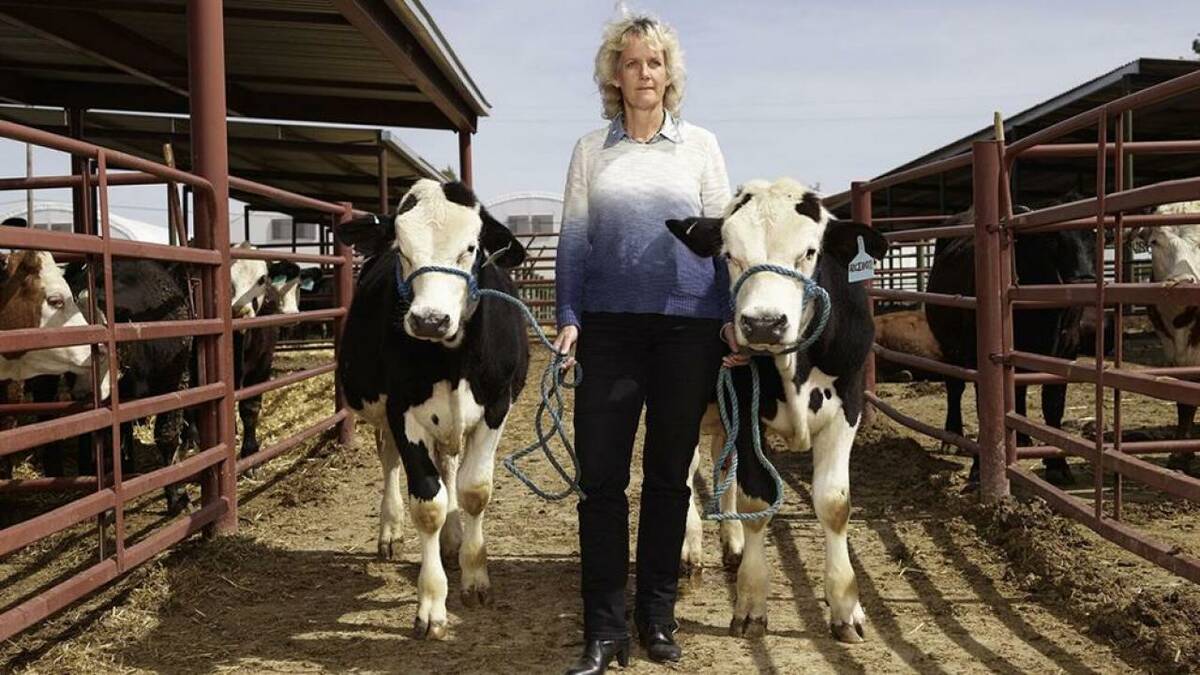SASKATOON — While Saskatchewan Wheat Pool members agonize over whether to take their company public, members of a British Columbia credit union who did so 18 months ago are busy toting up their profits.
The pool’s proposed share offering is patterned to a large degree on the experience of Surrey Metro Savings, which converted its member equity to publicly-traded shares in 1992.
Those shares were first listed on the Toronto Stock Exchange at $9 each; now, 18 months later, they are worth $23.50.
“It’s been a real win for the membership,” said Gray Kyles, manager of communications and investor relations.
Read Also

Stacking Canada up on gene editing livestock
Canada may want to gauge how Argentina and other countries have approached gene editing in livestock and what that has meant for local innovation.
His 67 membership shares were worth $1 each under the old credit union structure. He received a similar number of non-voting shares, worth $603, when they were first listed on the exchange. Those shares are now worth $1,574.50.
“It’s been a very good investment for me.”
No one is suggesting that shares in Sask Pool would provide a similar 161 percent return in the first year and a half of trading. But discussions with officials from Surrey helped convince the pool that their proposal was workable.
Advantages of going public
Kyles said two factors drove Surrey Metro Savings’ decision to go public. One was the ability to go to money markets for additional capital for physical expansion or increased lending. And the other was a feeling that the traditional credit union structure gave members no access to funds they had invested.
A member had to buy 25 shares at $1 each to do business with the credit union. On closing the account, the member got the $25 back. In addition they had received annual dividends of six to eight percent. They never got their equity back.
“We thought that by going public we would be putting that equity into the owners’ hands and giving them the liquidity and the choice to do what they wanted with it,” said Kyles.
After a series of meetings with the credit union’s 68,000 members, the question was put to a mail-in vote. About 76 percent of the roughly 3,000 who voted approved the plan and the shares began trading in October 1992.
Members kept their membership shares and were given an equal number of the new non-voting shares. (They had been able to own up to 2,500 Class B shares in addition to their Class A membership shares.)
Many had no interest in having money in the stock market and quickly sold off their new shares (although they retained their membership/voting share). Only those with membership shares can vote for the board of directors and on policy resolutions, but Kyles said that didn’t seem to make the new shares any less attractive to potential investors.
“The current shareholder base is about 33,000 of which 7,000 or 8,000 are non-members, so there does seem to have been a fair amount of interest out there.”
Surrey has yet not issued any new shares and has no plans to do so. But the company is confident that if it does go to the market, it will do well.
On April 29 the company will turn each of its 2.8 million shares into two. Because each share will then be worth half as much, the so-called stock split should increase the volume of trading.
Kyles says Surrey’s decision to go public “shook up” the credit union system but has turned out to be extremely positive. A lot of others are watching the experience at Surrey, but no others have yet tried it.
“You have to be of a certain size to make it practical and there’s only a few credit unions in Canada that could successfully pull it off,” he said.














